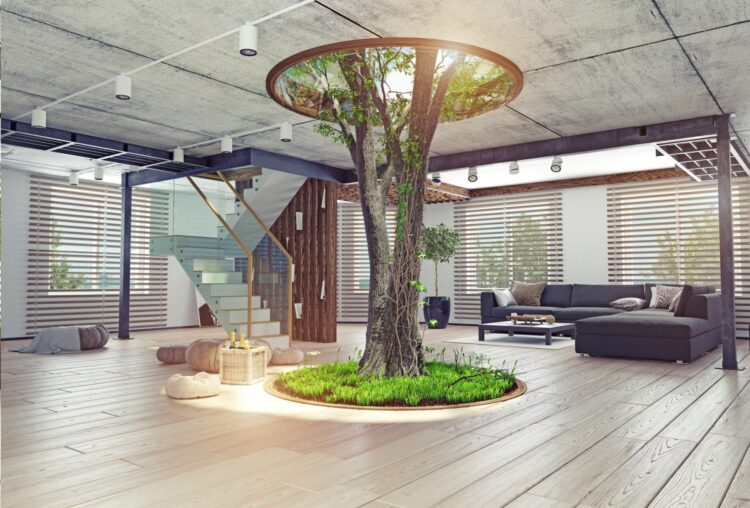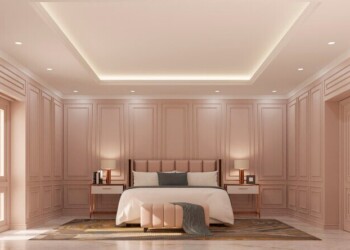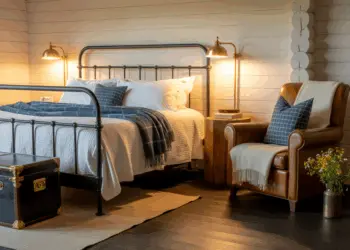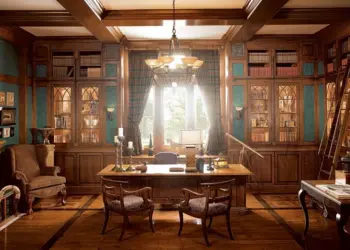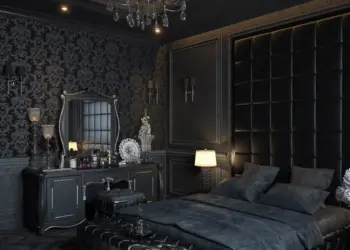In a world dominated by concrete jungles and technology overload, there’s an increasing yearning for a connection with nature. The antidote? Biophilic Interior Design – a concept that goes beyond potted plants and explores the profound connection between humans and the natural world. But what exactly is Biophilic Interior Design, and how can you bring this organic magic into your home? Let’s embark on a journey to discover the secrets of blending nature seamlessly with your interior spaces!
Unveiling the Enigma: What is Biophilic Interior Design?
So, what’s the buzz about Biophilic Interior Design? It’s not just about scattering a few ferns around the room; it’s a philosophy that immerses your living space in the natural world, creating a haven of tranquility and rejuvenation. This design approach incorporates natural elements, materials, and light to evoke the essence of the great outdoors within your four walls. Think sunlight streaming through large windows, reclaimed wood furniture, and hues inspired by earth, sky, and foliage – that’s the heart of Biophilic Interior Design!
The Core Principles: biophilic interior design elements
- Nature’s Palette: Infuse colors inspired by nature – greens, blues, browns, and earthy tones – to evoke the calming ambiance of the outdoors.
- Natural Light Love: Maximize natural light by opting for large windows or skylights, creating a connection with the changing patterns of the sun.
- Botanical Bliss: Incorporate living plants and greenery, not just as decor, but as integral components of your indoor environment.

Letting Nature In: How To Incorporate Biophilic Design Into Your Home
Now that you’re acquainted with the basics, let’s dive into the practical steps of integrating Biophilic Interior Design into your home. Get ready to transform your living space into a sanctuary where the indoors seamlessly blends with the outdoors!
1. Greening it Up: Bring in the Plants
Don’t just think of plants as mere decorations; consider them as vital elements that breathe life into your living spaces. Embrace a variety of indoor plants – succulents, ferns, and even a majestic fiddle-leaf fig – to create a mini-ecosystem indoors.
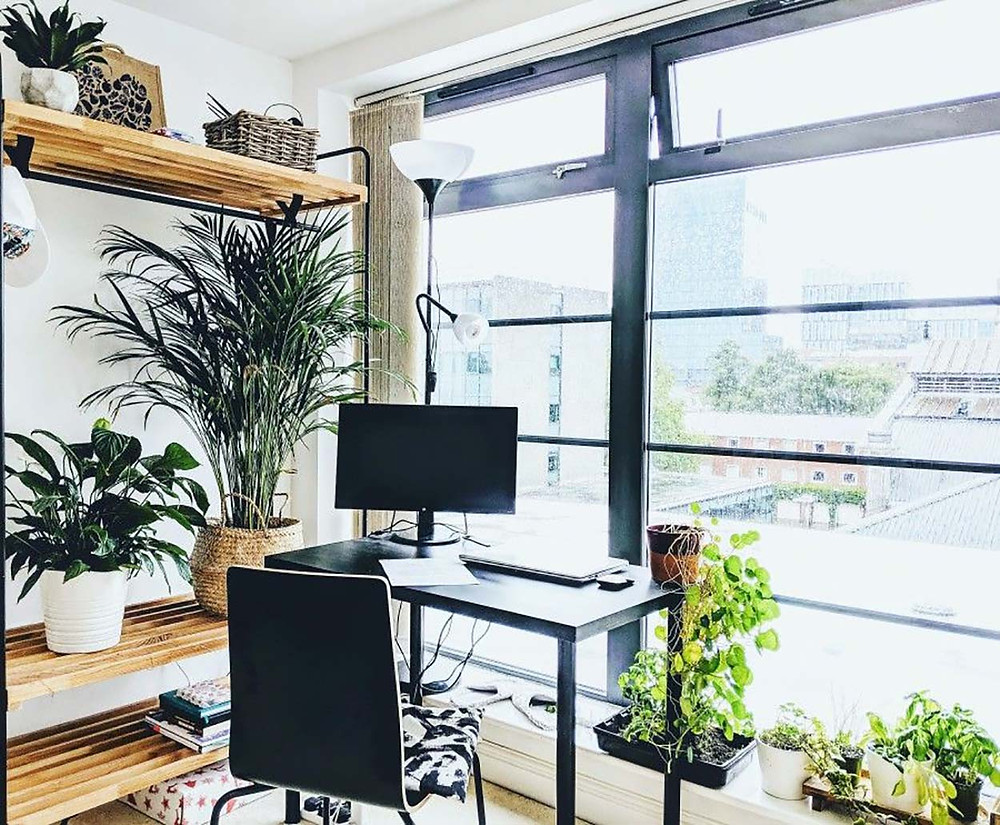
2. Embrace Natural Materials In Your Interior Biophilic
Kick the plastic to the curb and opt for natural materials like wood, stone, and bamboo. From flooring to furniture, these materials add a touch of authenticity, connecting your space with the natural world. Imagine the warmth of hardwood floors beneath your feet or the cool touch of a stone countertop – it’s a sensory delight!

3. Let the Light In
Natural light is the unsung hero of Biophilic Interior Design. Maximize the flow of sunlight by choosing light and airy window treatments style. Consider skylights to invite the sky into your home. During the night, opt for soft, warm lighting to mimic the gentle glow of moonlight.
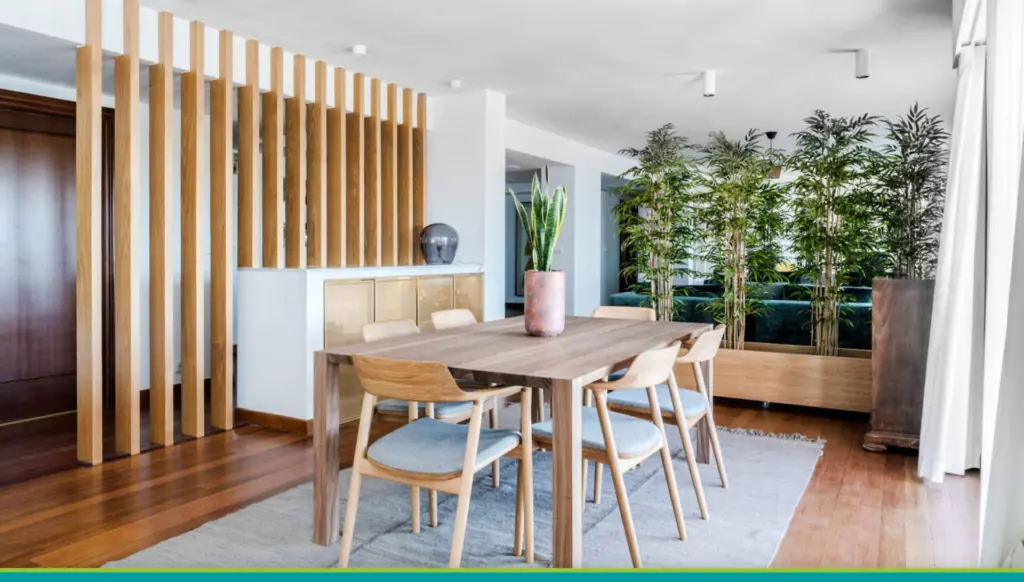
4. Fresh Air, Fresh Mind: Biophilic Design Interior Design
Throw open your windows wide and invite the invigorating embrace of fresh air into your living space. Immerse yourself in the soothing symphony of birds, rain, or wind, as the influx of fresh air not only boosts your immune system but also elevates your mood.
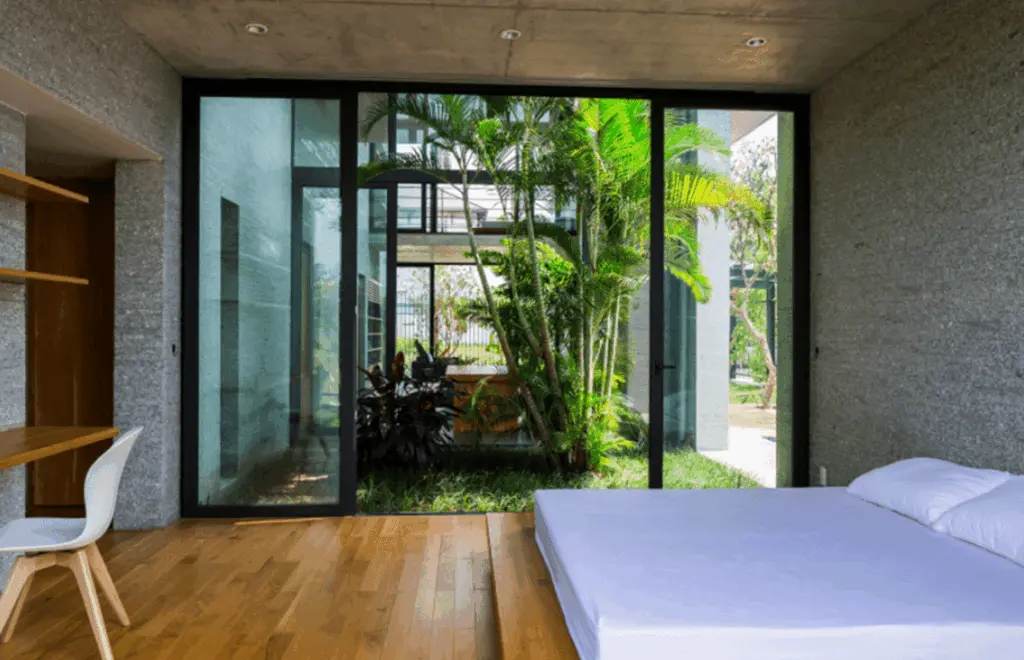
5. Maximizing Natural Light
Unlock the potential of natural light as a vital source of Vitamin D, essential for calcium regulation, blood pressure control, and overall well-being. Optimize natural light by strategically repositioning furniture and removing any obstacles hindering sunlight. For a deeper exploration of the benefits of natural light, consider our dedicated article.

6. Nature-Inspired Color Palette
Ditch the sterile whites and grays! Choose a color palette inspired by nature – greens, blues, browns, and earthy tones. These hues create a sense of calm and connection with the outdoors, making your space feel like a natural extension of the environment.

7. Create Nature Nooks
Designate cozy corners that mimic outdoor retreats. Think window seats bathed in sunlight, adorned with plush cushions and surrounded by indoor plants. These nature nooks become your personal oasis within the confines of your home.

8. Shapes Inspired by Nature
Deviate from conventional straight lines and right angles, and embrace the curves, soft edges, and patterns inspired by nature. Infuse your interiors with cosiness through curved furniture, organic textiles, arch-shaped doors, and windows. Let nature’s shapes redefine your living space.

9. Serenade of Water
Harness the calming influence of water sounds to create a serene atmosphere within your home. Whether it’s a small indoor fountain or a backyard pond, the sound of flowing water induces relaxation, paving the way to your personal “happy place.” Explore mindful water usage for a harmonious experience.
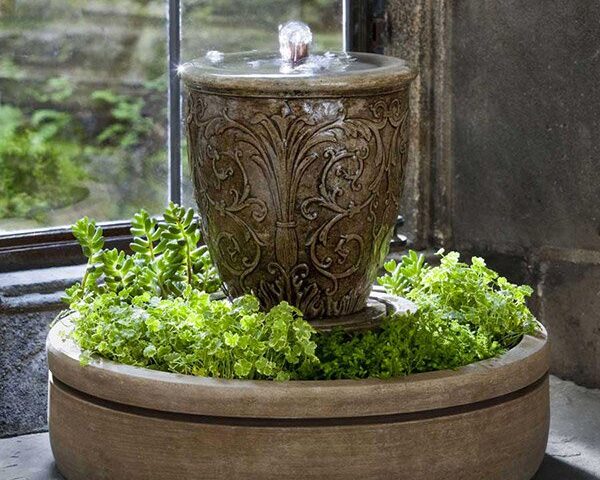
10. Art Connecting Indoors and Outdoors
Create a gallery wall of nature-inspired art, bridging the gap between your indoor haven and the great outdoors. Capture your favorite moments in wildflowers, forests, rising suns, or singing birds. As the saying goes, “Art speaks where words are unable to explain.”
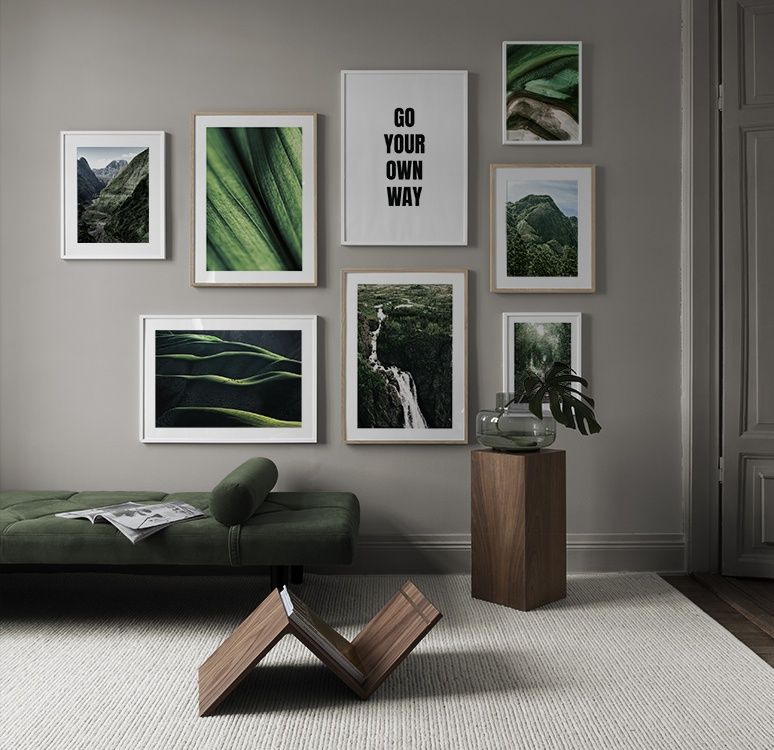
In conclusion, “Biophilic Interior Design ” a isn’t just a catchphrase; it’s a pathway to rediscovering our innate connection with nature. By weaving the essence of the outdoors into our living spaces, we create havens of tranquility, fostering well-being and balance in our hectic lives.
So, unleash your creativity, embrace the green revolution, and transform your home into a sanctuary where the boundaries between indoors and outdoors blur into a harmonious blend of nature and design. Let the magic of Biophilic Interior Design breathe life into your home – a celebration of the beautiful synergy between humanity and the natural world!
FAQs
What is biophilic style in interior design?
Biophilic Interior Design style is an approach that incorporates elements of nature into indoor spaces, aiming to enhance the connection between humans and the natural environment. This design style seeks to create environments that support well-being and evoke a sense of tranquility through the integration of natural materials, colors, and patterns.
Can I incorporate Biophilic Design in a small apartment?
Absolutely! Biophilic design isn’t exclusive to large spaces. Use vertical gardening, choose smaller potted plants, and maximize natural light to create the illusion of space and bring the outdoors in.
What makes a design biophilic?
A design is considered biophilic when it incorporates elements inspired by nature, such as natural light, greenery, textures, and patterns. Biophilic design aims to mimic the patterns, colors, and textures found in the natural world, fostering a sense of connection and well-being in indoor spaces.
What is the biophilia theory of interior design?
The biophilia theory of interior design is based on the idea that humans have an innate connection to nature, and incorporating natural elements into interior spaces positively impacts well-being. It emphasizes the importance of creating environments that support human health, productivity, and overall happiness by integrating elements inspired by the natural world.
How do I bring biophilic design to my home?
To bring biophilic design to your home, consider the following:
- Natural Light: Maximize exposure to natural light.
- Indoor Plants: Incorporate greenery and potted plants.
- Natural Materials: Use materials like wood, stone, and bamboo.
- Nature-Inspired Colors: Choose earthy tones and colors from nature.
- Water Features: Integrate water elements like fountains or indoor ponds.
What are 3 benefits of biophilic design?
Three benefits of biophilic design are:
- Improved Well-Being: Enhances mental and physical health.
- Increased Productivity: Boosts focus and productivity.
- Stress Reduction: Creates calming and stress-relieving environments.
What can we learn from biophilic design?
From biophilic design, we learn the importance of incorporating nature-inspired elements into our living and working spaces. This design philosophy teaches us that by reconnecting with nature indoors, we can positively impact our well-being, productivity, and overall quality of life.
